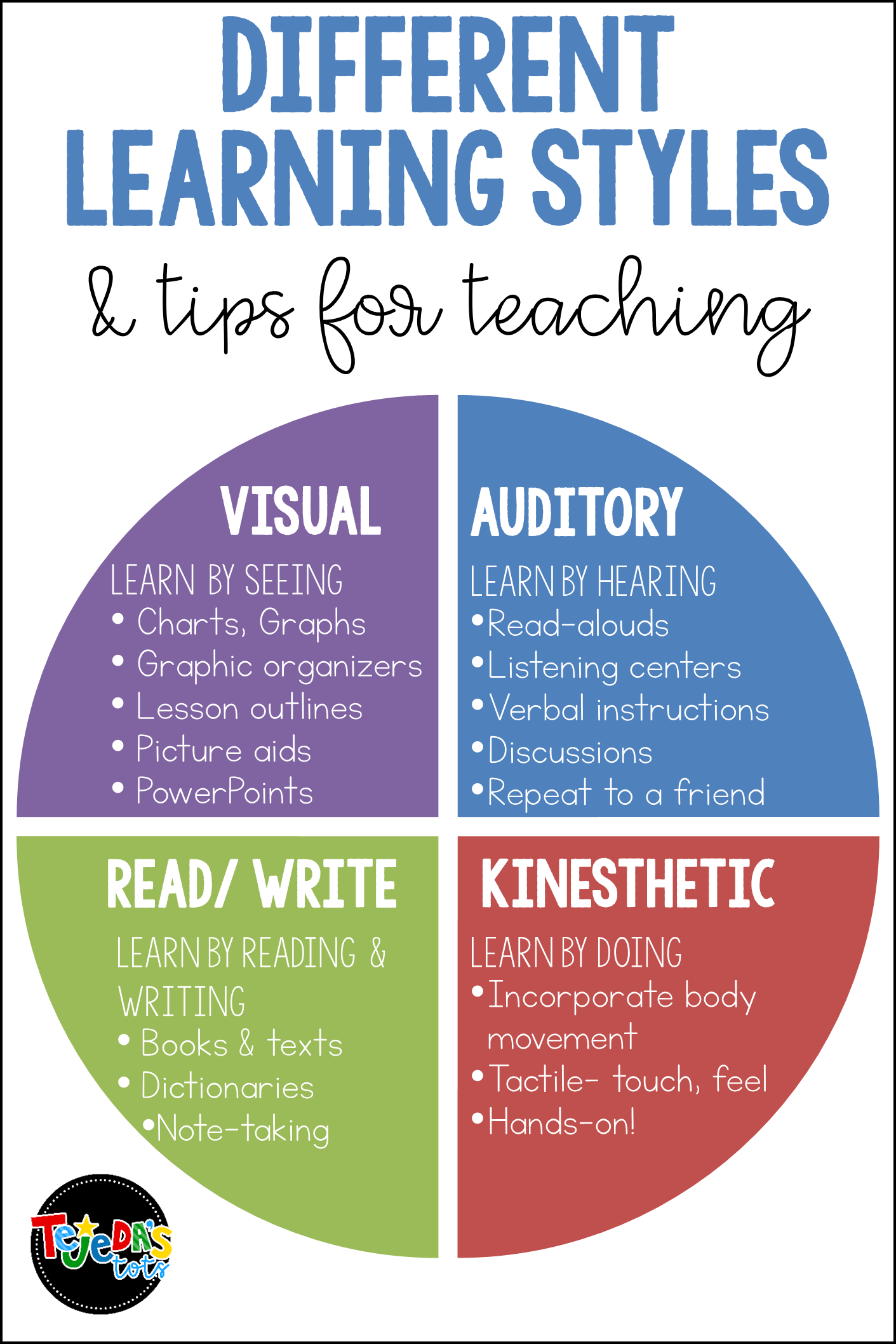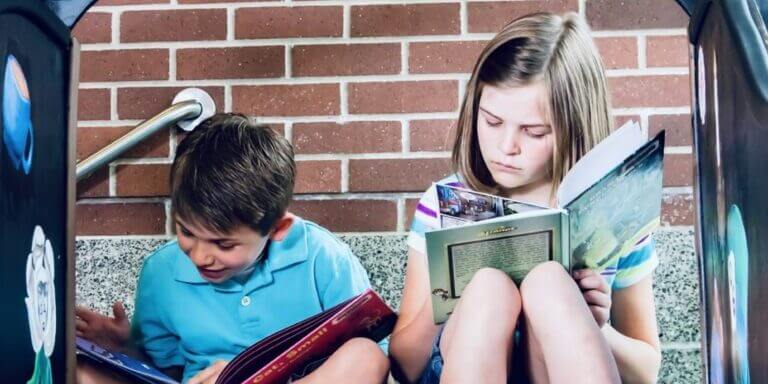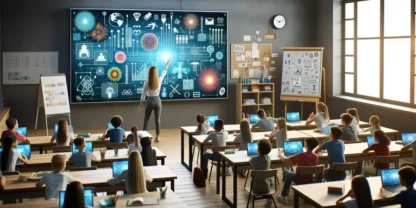Every teacher wants to turn their students into strong readers, but this isn’t always easy. It can be a challenge to keep the attention of kids who don’t want to stare at a page. If some of your students already feel frustrated by reading, they likely don’t want to sit still through these lessons and can start to disrupt their peers. So where can one find reading activities for kinesthetic learners?
One way to make reading exciting is to add a kinesthetic element to the assignment. Instead of reading pages and memorizing words, students can move around, enjoy hands-on experiences, and play games related to books.
It’s time to get moving and get your creative juices flowing. Here are 15 hands-on activities for your reading classroom.

Source: Tejeda’s Tots
1. Collect Letter Bags
If you are teaching young students, they might still be learning different letters and the words associated with them. Along the wall, place a bag or a small box under each letter of the alphabet. Ask students to find items throughout the year or bring in small things from home that start with certain letters.
For example, if a student finds a plastic dinosaur figurine, they can place the toy in the “d” box. Students can look in the box and find multiple items that all start with the same letter, helping them remember what it sounds like and looks like.
2. Use Whole Body Spelling
Some of the best hands-on activities don’t use hands at all. Bring your students outside (or to a wide-open space) and ask them to create different letters with their bodies. A student creating the letter “L” might sit on the ground with their legs in front of them and their arms above their head. You can make this more advanced by putting students into groups and asking them to spell entire words with their bodies.
3. Create Collage Sentences
Keep a stack of magazines and newspapers in your classroom. Challenge students to cut out words in different publications and create sentences in collage form. Make sure each sentence has a subject, verb, and adjective – or whatever parts of speech you are currently teaching. Yes, it will look like your students are creating ransom notes, but this is a fun way to learn how to form sentences.
4. Make a Word Scavenger Hunt
Your students likely move around the school throughout the day. They attend electives like art or gym class or visit the cafeteria for lunch. Create vocabulary word cards and hide them around the school, challenge your students to find the new words each time they walk down the hall.
When you get back to class, ask your students what words they saw. This is an ongoing challenge you can do each week as your students learn new words, plus it will hold the attention of students as they walk down the hall.
5. Connect Words to Sounds
A big part of reading is context clues. What does it mean if a sad and lonely character is morose? Why does it matter if a backpack is too cumbersome to carry without help? As you learn new vocabulary words, ask your students to come up with sounds that might describe them. Morose as a sound might come out like a grumble. While your students might pretend to strain against lighting a weight to describe cumbersome. Your students can associate these sounds to remember the meanings of the words.
6. Bring Sign Language Into Your Classroom
If students know the basics of American Sign Language they can connect with deaf individuals who use this form of communication. Your students might like learning words in ASL while also boosting their spoken vocabulary. Introducing ASL can also lead to discussions about how this language is formed and when fingerspelling is used.
7. Introduce Puppets to the Classroom
The best hands-on activities allow students to get creative. There are multiple ways to use puppets to make reading fun. You can challenge students to create a dialogue using vocabulary words. You can act out scenes from books using puppet characters. Even older students might enjoy playing with puppets in order to better understand Shakespeare’s jokes or the plot of the Odyssey.
8. Enjoy a Spelling Workout
A spelling workout is a great way to get kids moving. Randomly draw a vocabulary word and ask students to complete exercises that correlate to each letter. Kimberly Grabinski at 730 Sage Street created a chart that assigned exercises to the alphabet. The word “urn” would require students to roll a ball using only their head, walk like a bear for a count of five, and pick up a ball without using their hands. This is a great way to expel (ex-spell?) energy on a rainy day.
9. Play Homonym Hockey
This game can take place on a court or on a tabletop with the right materials. The challenge is for students to push a hockey puck (or toss a bean bag or ball) into a goal with the right meaning.
For example, students would hear the definition of the word “muscle” and have to decide which spelling correctly refers to the part of their body and which one refers to the saltwater animal.
10. Shush the Silent Letter
Words with silent letters tend to trip up students. They are more likely to pronounce the “c” in scissors when reading the word aloud or leave out the “e” in make when writing it down. When your vocabulary words include silent letters, ask your students to bring a finger to their lips to shush the letter. By shushing the “g” in sign, students can learn to pronounce the word correctly while remembering there is a silent letter in the word because of this hand motion.
11. Beach Ball Toss
Pick up a beach ball and write different questions on each side. Each question should relate to the elements of a story. You can use this beach ball to lead a discussion of a story students are reading. A few questions may include:
- What is the main conflict in the story?
- Who were the characters – good and bad?
- What is the setting?
Bounce the beachball around the classroom. Wherever it lands, students have to answer a question. Alternatively, you can keep the beach ball plain and ask questions yourself, with specific questions relating to the story written down before you.
12. Roll the Dice
Along with the beach ball, you can ask students to roll dice to answer questions and discuss what they are reading. This can be adjusted for younger and older students. For example, if a student rolls a character and a conflict, they have to talk about one of the characters in the story and a problem they faced.
13. Create an ABC Grid
If your students love hopscotch then they will enjoy playing on an ABC grid. Each square has a letter (with a few blank spaces to create an extra challenge). Students have to hop from letter to letter to spell a word. You can play this in your classroom by asking students to select a vocabulary word randomly, define it, and then hop it out.
14. Make a Reading Relay Race
There are so many skills involved in reading. Kids learn how to spell out words, practice handwriting, and form letters. In this relay race, students read a sentence on a piece of paper and run back to a teammate. This teammate listens to the sentence and has to write it down. The third teammate takes the written sentence and has to read it aloud to you. If they are right, the process repeats. The first team to complete all of the sentences in the race wins.
15. Develop Story Boards
Movie makers and TV developers use storyboards to visualize their ideas. Your students can do the same. Use a whiteboard (or a virtual board online) in your classroom to create a guide for the story. Ask students to draw key elements or curate items online when they are reading something that reflects the characters, plot, and conflict.
For example, a student might draw a spaceship if they are reading a story that takes place on Mars. Another student could find an image of Cleopatra if they are reading about ancient Egypt.
Use Other Games as Reading Activities for Kinesthetic Learners in Your Classroom
Games and hands-on activities are two of the best ways to keep kids excited and engaged in learning. If you can make kids want to participate in class, then you can increase the amount they learn each day.
Another way to engage students is with eSpark Learning. We develop games that are kid-approved using student ratings collected once they complete an activity.
Try our activities today and see if we can make reading lessons in your classroom more fun. With differentiated learning, students can grow their vocabulary and reading skills on levels that are individually tailored to their needs.



